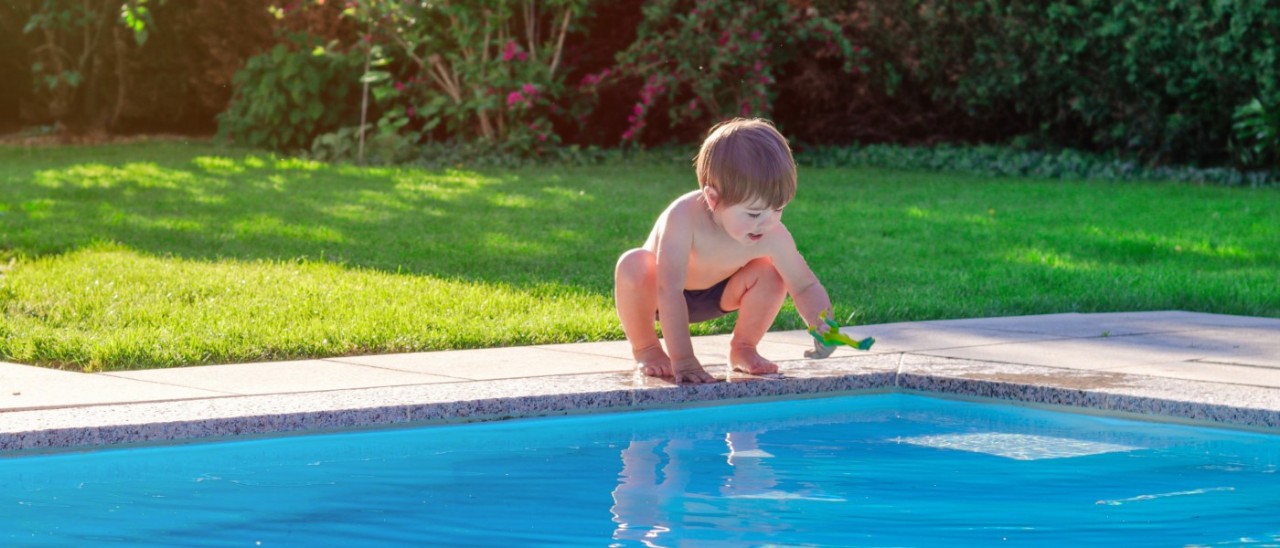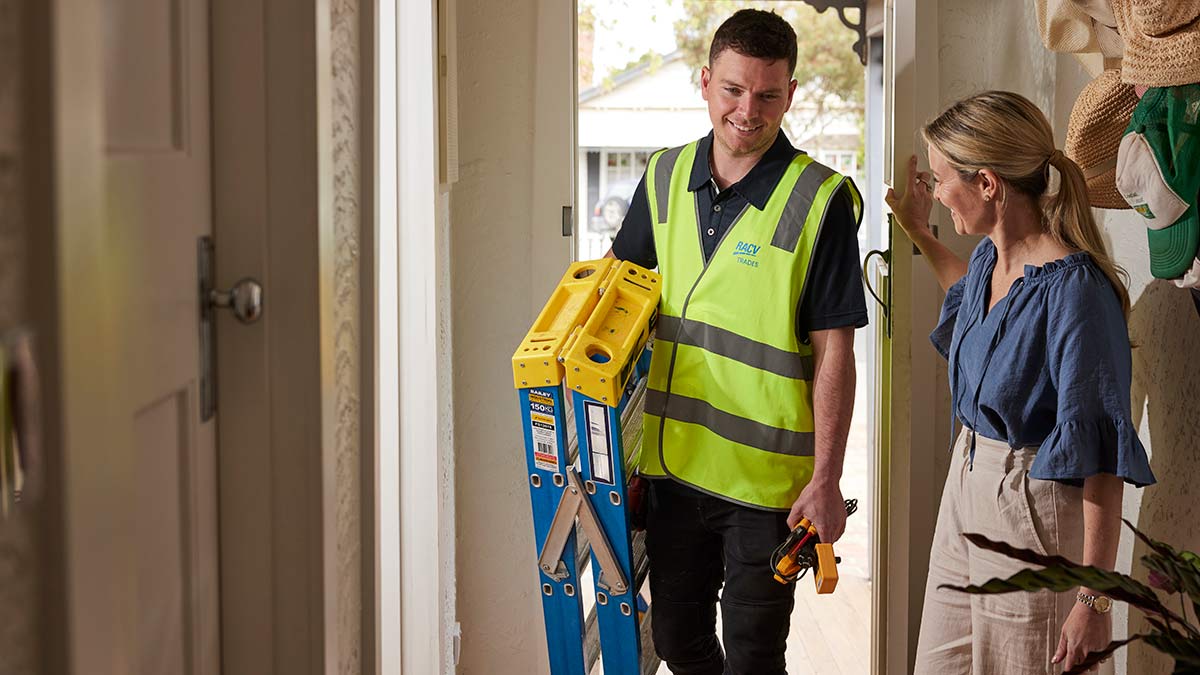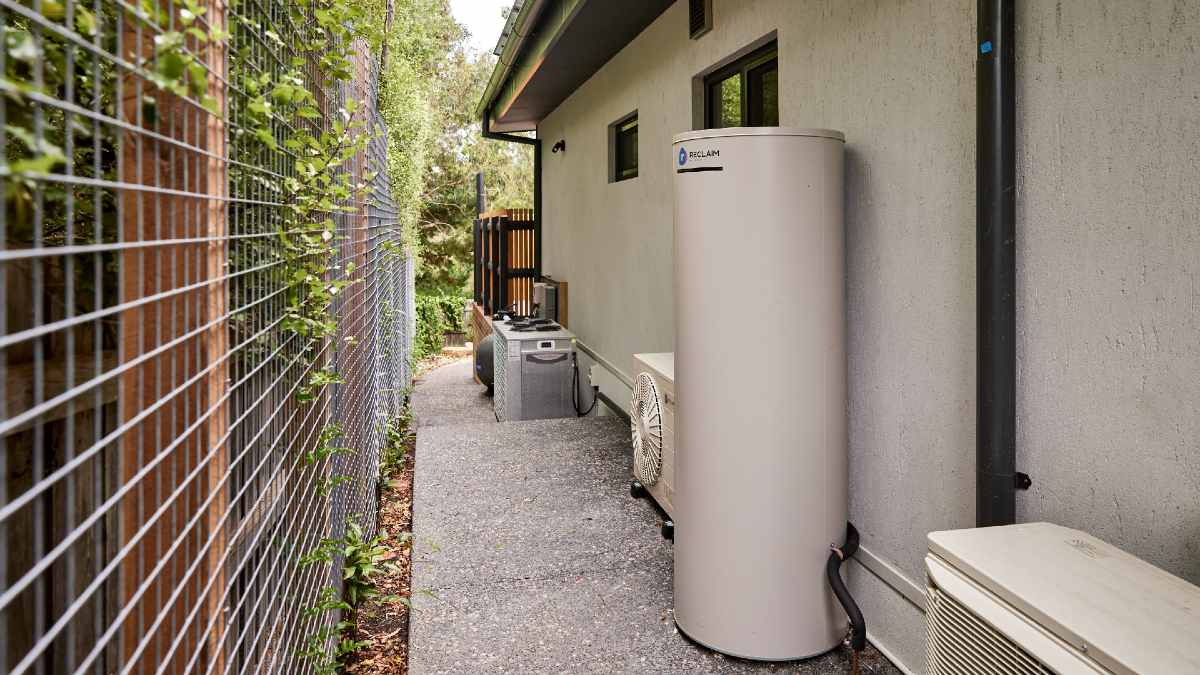Ladder falls in and around the home have risen sharply over the past five years, with more than 6000 Victorians requiring a trip to hospital after a DIY-related fall. Here’s a guide to staying safe when a job requiring a ladder is needed.
The 10 worst home safety hazards (and how to fix them)

Most accidents happen in the home, and some of the dangers are hiding in plain sight. Extra care is needed if you have young children or older family members, who are more vulnerable to accidents in the home.
Victorians are nearly four times more likely to be admitted to hospital for injuries sustained in home and sports activities than for transport-related incidents, according to the Monash University Accident Research Centre (MUARC). While the risks associated with swimming pools may seem more obvious, hazards such as unanchored furniture, sharp objects, slippery surfaces, and incorrect ladder use also require vigilance.
RACV Trades Senior Product Manager Nathan Tayeh says taking the time to identify common home hazards could help prevent injuries. MUARC data shows the home is the most common setting for injury, resulting in around 42 per cent of emergency department presentations and 28 per cent of hospital admissions each year.
"It's important to assess your home and consider how to reduce or remove hazards to prevent accidents from occurring," Tayeh says. This could include checking that smoke alarms are working, identifying a rotting deck or uneven surface, and putting child-safety locks on windows. The RACV also has resources on home safety for older people and rental property safety.
Here are 10 of the most common home safety hazards, and how to safeguard against them.
The 10 most common home safety hazards

If the job requires a ladder, consider getting a professional tradesperson.

The best energy-saving hot water system is a hot water heat pump, which can be set at a safe temperature.
RACV Trades is a trading name of RACV's trade partner, Club Home Response Pty Ltd. All works are performed or arranged by Club Home Response Pty Ltd. trading as RACV Trades. See RACV Trades terms and conditions.


